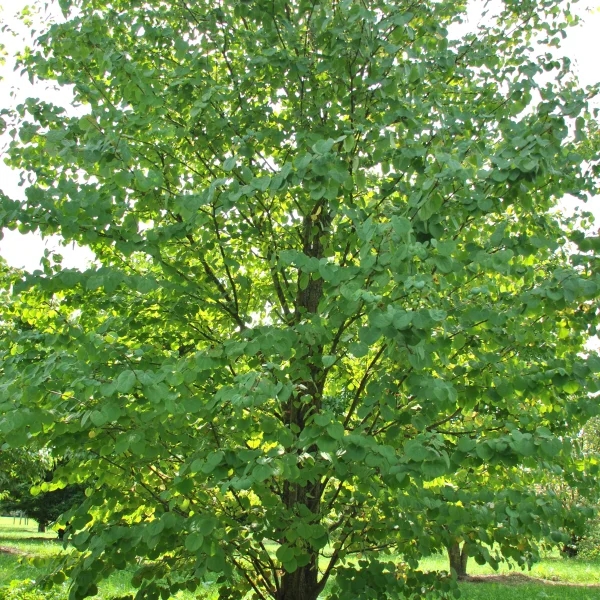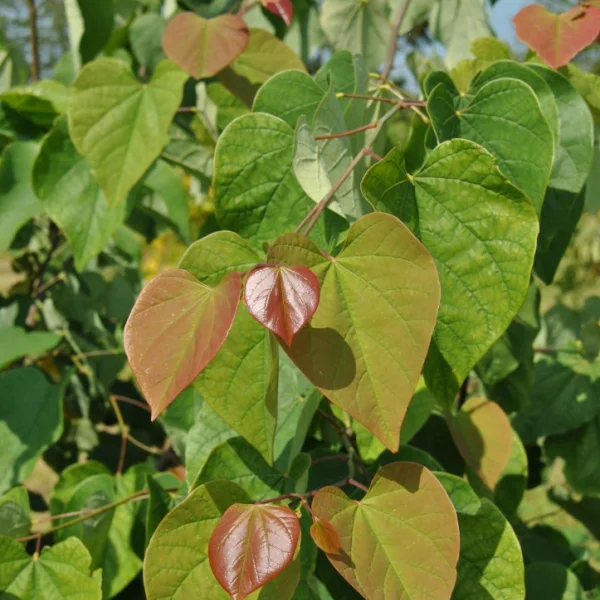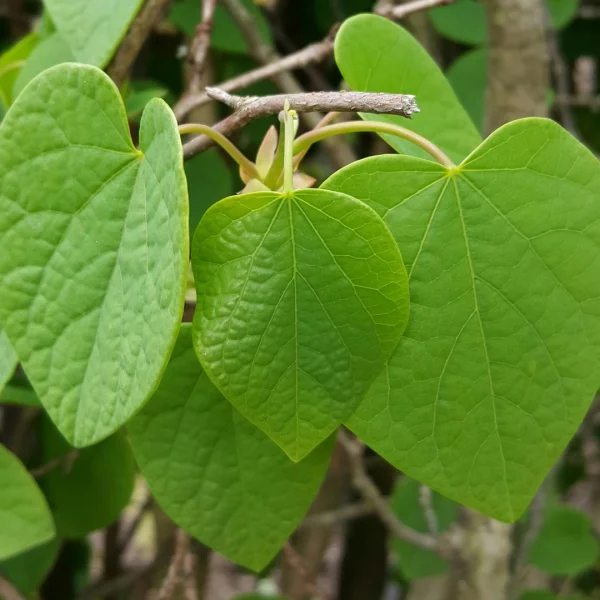Cercis siliquastrum – Judas Tree
Caesalpiniaceae
Cercis siliquastrum – Judas Tree
Crește inițial în zonele din jurul Mării Mediterane, unde se transformă dintr-un arbust robust într-un copac cu mai multe tulpini. Forma coroanei este zimțată și rotundă și crește larg. Trunchiul este cenușiu și rămâne neted pentru o perioadă lungă de timp, devenind mai târziu puțin adânc canelat. Frunza este rotundă până la formă de rinichi și destul de lată, cu vârful bont. Arborele înflorește abundent, înainte de dezvoltarea frunzelor. Florile sunt în mănunchiuri compacte pe crengile, ramurile și trunchiul vechi. Legumele rămân pe copac toată iarna. Are înrădăcinare adâncă, cu un sistem radicular grosier. Cercis siliquastrum se descurcă bine ca spalier împotriva unui perete sudic. Exemplarele tinere sunt sensibile la îngheț. Acest arbore tolerează bine seceta.
This product is currently not available.
You can submit your request via the contact form, we will inform you without obligation about the possibilities.
Specifications
Download PDF
Height
6 - 10 m
Width
6-10m
Crown
round, half-open crown
Bark and branches
grey, only when mature shallow grooves
Leaf
round to kidney-shaped, green, 4 - 9 cm
Flowers
purple pink, in clusters, May
Fruits
flat, brown pod, to 12 cm long
Spines/thorns
None
Toxicity
usually not toxic to people, (large) pets and livestock
Soil type
calcareous sandy or loamy soils
Soil moisture
suitable for dry soil
Paving
tolerates no paving
Winter hardiness zone
6b (-20,5 to -17,8 °C)
Wind resistance
moderate
Other resistances
resistant to frost (WH 1 - 6)
Fauna tree
aluable for bees (honey plant)
Shape
clearstem tree, multi-stem treem
Origin
West Asia, eastern Mediterranean
Possibly of interest
Frequently asked questions
Cercis siliquastrum
Cercis siliquastrum can eventually reach a height of 6 - 10 m, depending on the site and climate conditions.
Cercis siliquastrum has a average growing and can eventually reach a height of 6 - 10 m, depending on the site and climate conditions.
The right time to plant Cercis siliquastrum is during the dormancy period. In Western Europe, Cercis siliquastrum with root balls can generally be planted from mid-November to late April, although this depends strongly on the climatic conditions and the species of tree.
may.
General
 English
English
 English (United Kingdom)
English (United Kingdom)
 Nederlands
Nederlands
 Nederlands (België)
Nederlands (België)
 Deutsch
Deutsch
 français
français
 čeština
čeština
 polski
polski
 español
español
 română
română
 dansk
dansk
 svenska
svenska
 magyar
magyar
 Türkçe
Türkçe
 slovenčina
slovenčina
 русский
русский
 norsk
norsk








